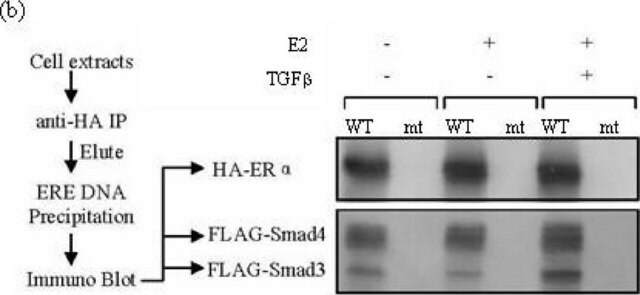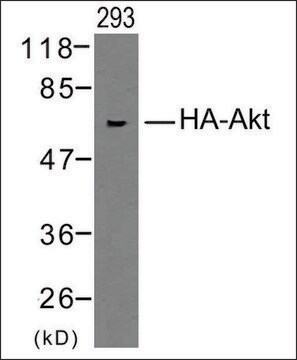ROAHA
Roche
Anti-HA (12CA5)
from mouse IgG2bκ
Synonym(s):
antibody
About This Item
Recommended Products
biological source
mouse
Quality Level
conjugate
unconjugated
antibody form
purified immunoglobulin
antibody product type
primary antibodies
clone
12CA5, monoclonal
Assay
>90% (HPLC and SDS-PAGE)
form
frozen liquid (11666606001)
lyophilized (11583816001)
packaging
pkg of 200 μg (11583816001)
pkg of 5 mg (11666606001 [1 ml])
manufacturer/tradename
Roche
concentration
5 mg/ml (11666606001)
isotype
IgG2bκ
epitope sequence
YPYDVPDYA
storage temp.
−20°C
General description
Specificity
Immunogen
Application
- Dot blots
- Immunochemistry
- Immunoprecipitation
- Western blotting
Biochem/physiol Actions
Quality
Preparation Note
The following concentrations should be taken as a guideline:
- Dot blot: 0.1 to 1 μg/ml
- Immunfluorescence: 1-10 μg/ml
- Western blot: 0.1 to 1 μg/ml
Reconstitution
Other Notes
Not finding the right product?
Try our Product Selector Tool.
Storage Class Code
13 - Non Combustible Solids
Flash Point(F)
does not flash
Flash Point(C)
does not flash
Certificates of Analysis (COA)
Search for Certificates of Analysis (COA) by entering the products Lot/Batch Number. Lot and Batch Numbers can be found on a product’s label following the words ‘Lot’ or ‘Batch’.
Already Own This Product?
Find documentation for the products that you have recently purchased in the Document Library.
Customers Also Viewed
Articles
Anti-HA Troubleshooting
Our team of scientists has experience in all areas of research including Life Science, Material Science, Chemical Synthesis, Chromatography, Analytical and many others.
Contact Technical Service










